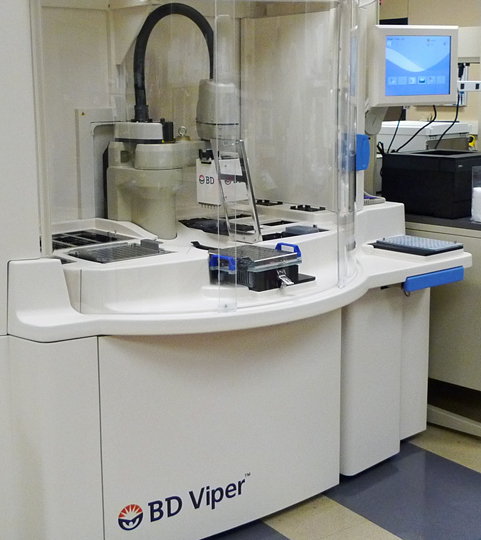
Gonorrhea is a sexually transmitted disease that is originates by bacteria, and it has an effect on the mucus membrane first and foremost of the genitals and urinary tracts. These parts grow to be inflamed with no growth of other symptoms. It is distinguished by a sharp purulent discharge and sore or difficult urination. In the majority of females, gonorrhea has no symptoms. Gonorrhea is extremely infectious, and it is caused by the creature Neisseria gonorrhoeae. In men, this disease begins as an infection of the vessel that takes the urine and sperm, and in females it infects the cervix. if this leftover untreated, gonorrhea will probably result to a more severe and complex medical condition.
Description of the Infection:Gonorrhea affects all people of any age, race, and socioeconomic levels. Majority of the reported cases of gonorrhea came from public clinics only. but like other diseases, some individuals are more prone to this disease than others. some adolescents and young adults are the groups with the highest risks because they are among the individuals who have multiple sex partners and those who use no barrier contraception during intercourse. both men and women can be affected by this disease through different methods of sexual contact behaviors. this type of disease is easily transmitted, and women have a high chance of contracting the disease after just one sexual encounter with an infected male. this disease can also be transmitted from an infected mother to her infant during delivery.
Causes and Symptoms of the Infection:As said prior, this disease can be conveying easily. It can increase through:
1. make contact with of fluids with an infected person 2. Sexual contact with an infected individual 3. There is a heavy chance, a good 60 percent of contracting the disease through only one sexual meeting with an infected person. The symptoms typically show a day or just two weeks after the first counter with the disease. though, there are some levels that show no symptoms.
Those who are infected with gonorrhea may have the following symptoms:
1.Frequent and painful urination 2.Sore and swollen urethra3.Thick, white, or yellowish bloody discharge from the penis or vagina4.Nausea, Vomiting, Fever, Chills 5.Pain during sexual interaction6.Sore gullet and soreness when swallowing for oral infection7.Rectal itching, rectal release, and has a stable urge to remove bowels for anal infection8.For women, symptoms are go together with by abdominal pain and get through bleeding in menstrual period
Diagnosis and Treatment of the Disease
The early analysis of gonorrhea will be based on the symptoms, sexual record, and more than a few risk factors and behaviors. a laboratory test would also be desirable to complete the diagnosis. some of these tests are gram staining, ELISA or enzyme related immunosorbent analyze and DNA probe test.
Antibiotics are the major drugs that are used in care for gonorrhea for the reason that it is a bacterial disease. but newly, there are some herbs and minerals that are accustomed to supplement the treatment of the disease. These might include zinc, multivitamins and vitamin C, mineral complexes, and even garlic. some penicillin and penicillin derived are also used for the allopathic cure of gonorrhea.
For more information and advice from experts, visit: gonorrhea-treatment.blogspot.com
Mary Chris – About the Author: